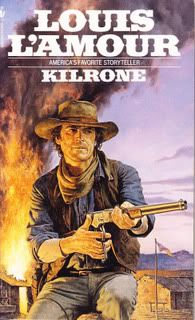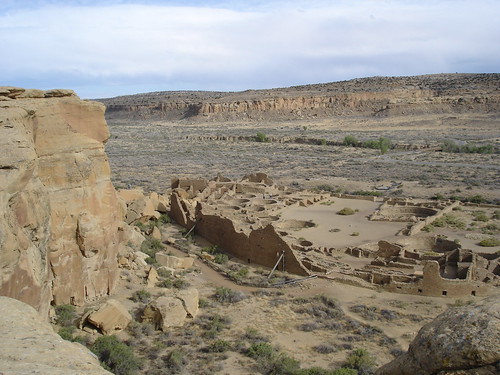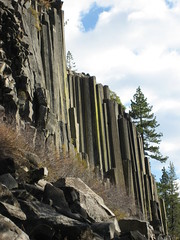Soldier of Sidon. by Gene Wolfe (Tor, 2006)
Ines of My Soul. by Isabel Allende (Harper Collins, 2006)
Paragaea: A Planetary Romance. by Chris Roberson (PYR [Prometheus Books], 2006)
I was planning to do better this month, but in the end I didn't get much done, the more interesting books I was reading didn't get finished this month and since I was traveling for Thanksgiving all I managed was some not particularly awesome fantastical fiction.
The Gene Wolfe novel,
Soldier of Sidon, was not bad, actually it was pretty good, but it was not especially engaging either. The character of Latro, who forgets everyday the events of the day before has never been very profound and the other characters were always more important. In
Soldier of the Mist, and
Soldier of Arête, the subsidiary characters are the real emotional focus, especially Latro's young slave, whose name I can't remember, they gave the story emotional resonance that the hero because of his lack of memory lacked. In this book the "river wife" who accompanies Latro is not very well seen, we are told of Latro's affection toward her, but she is never really fleshed out, and in the end I hardly cared. On the whole it was a disappointment.
Ines of My Soul was no disappointment. It was so singularly bad and unoriginal, with such a distracted and slapdash character it was of constant interest. I have never read a less competently constructed and self indulgent book. I hate to mention
Georgette Heyer here, especially since she is a far better writer, but at several points I stopped reading
Ines of My Soul and began contemplating her. No one has yet managed to write like the inimitable Miss Heyer, and while her magnificent use of adverbs is unique to say the least, it is still magnificent. Isabel Allende however reads like a 14 year old girl who has read
One Hundred Years of Solitude, and then attempted to rewrite a
Kathleen Woodiwiss novel in that image. It truly has to be experienced to recognize how bad it is. But life is short so I would not recommend it.
Paragaea was interesting but I really didn't care all that much about any of its characters, its world, or its plot, and it seemed too eager to be a classic and too knowing to be what it claimed to be. Edgar Rice Burroughs was certainly not unaware of his pulp qualities but he hardly reveled in the sort of self referential qualities this book exhibits. The afterward was something else altogether and quite shameless.
Hopefully December will be a better month for reading, even with everything else I have going on, so I better get to it.



